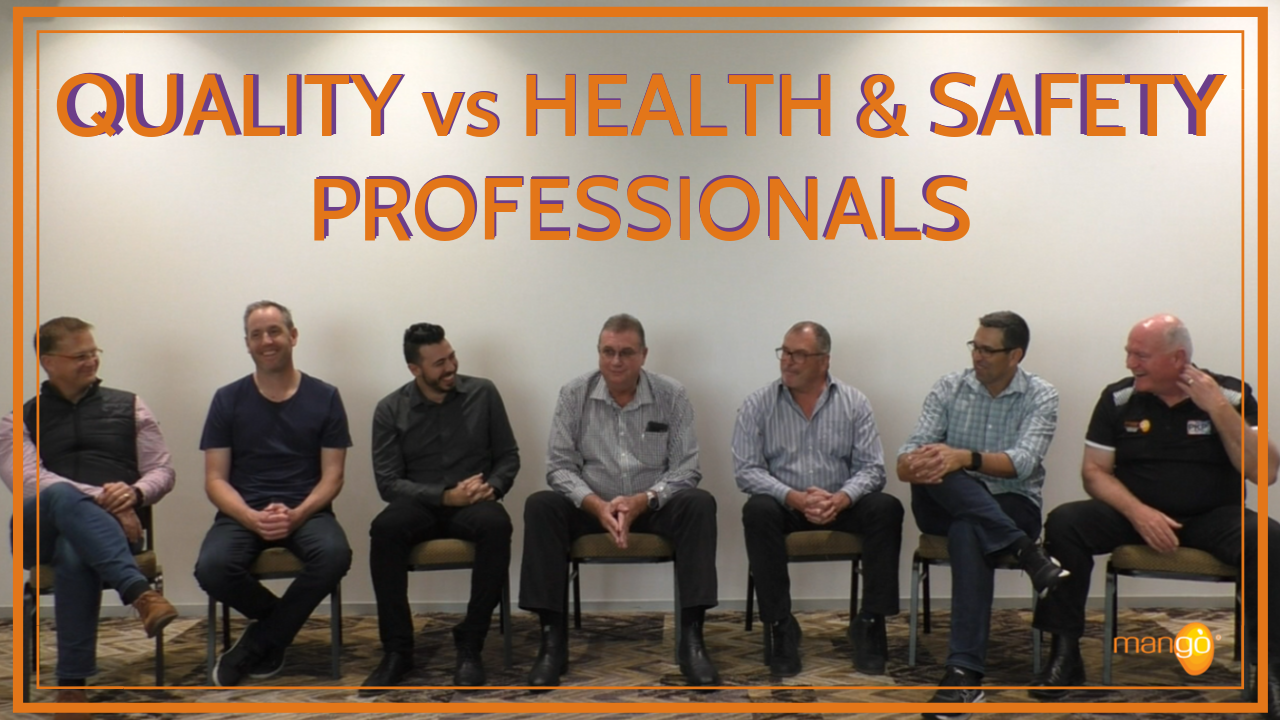Top tips for going beyond ISO 9001
Quality systems are very clear in their focus - it’s all about enhancing customer satisfaction by meeting customer requirements. In fact, in the 14 pages that make up ISO 9001, customer satisfaction is mentioned eight times.
The standard is also crystal-clear about who should be driving this. ISO 9001 doesn’t see customer satisfaction as a task left solely to frontline workers, or another number-crunching job for admin people. No, this goes all the way to top: section 5.2 of the standard states that “top management shall ensure that customer requirements are determined and are met with the aim of enhancing customer satisfaction”.
The bottom line is that if you’re in quality, you are in the job of enhancing customer satisfaction. Not spreadsheet proliferation, meeting attendance or minute writing - but enhancing customer satisfaction.

Going beyond the minimum
ISO 9001 is clearly a wonderful framework for organisations but there is a potential downside to be mindful of; namely: the tendency for individuals and organisations to work just to the standard and do the bare minimum to meet the auditor’s demands.
By all means do those tasks that the standard identifies relating to monitoring customer perception – customer satisfaction surveys, customer data on delivered product quality, user opinion surveys, lost business analysis, compliments, warranty claims and dealer reports. Many of these tools are incredibly useful (although somewhat dependent on the size and type of your business) and most are pretty easy to implement. But in the realm of customer satisfaction, doing the bare minimum is like aiming for a top 30 hit instead of the number one spot. If you truly want to make customer satisfaction your reason for being, you need to step above and beyond the data collection possibilities mentioned in ISO 9001.
Top tips for going beyond ISO 9001
Here’s my top tips for going the extra mile:
- Go to the gemba
In many organisations there is a belief that once a person reaches management level, they are freed from the horrors of dealing with actual, living and breathing customers. Ever seen a senior manager on the floor at your local department store? Or at the check-in desk of your regular airline? I thought not.
In my experience many managers are very quick to retreat to their offices and never talk (or better yet, listen) to their customers. And what’s more, not only do management not engage with customers, but they very rarely even engage with the frontline staff who do deal with their customers. That disconnection is a woeful, expensive shame. How on earth can you have any kind of feel for your customer’s experience if you never witness it? Talk with, and listen to, your frontline staff. Do this often. Build a relationship with them. They have their fingers on the pulse, and will have golden observations and ideas to share with you.
- Thoroughly test your surveys before using
Most surveys are useful but well-designed-thoroughly-proofed-and-tested-100%-surveys are even better.
When this is done right, your business can really fly. I once worked with a mortgage broking business run by an ex-pilot whom really knew the value of checklists. Essentially he ran the company based on 100% surveys. After each customer received their mortgage, they were contacted by an independent survey house and were asked questions about every step of the process, including things like how the mortgage broker was dressed and how the process could be improved. From these surveys the CEO learned an incredible amount, and as a result had a firm handle on his customers’ requirements. Not surprisingly the business became, and still is, New Zealand’s biggest mortgage broker.
But a word to the wise regarding surveys in general - be aware of survey fatigue, and thoroughly test and proof your survey before giving it to your customers. A poorly designed and error-ridden survey can do more harm than good because it wastes your customers’ time and generates low-quality data.
- Embrace exit interviews
When a customer fires you, resist the urge to pout or weep; instead seize the opportunity to listen and learn. Talk with your ex-customer about their entire experience, from how they heard about you, to the point that they decided that what you offer isn’t for them. Drill deep - they may end up giving you feedback that could transform your game. Remember to thank them for their honesty and time, preferably both verbally and in writing (but not with a form letter!).
- Augment your quantitative data with some in-depth qualitative information
In-depth interviews, focus groups and participant observation can yield very useful data. Which brings me to the next tip…
- Create a mutually valuable relationship with your Marketing team
It is rare to see Marketing and Quality teams working closely together in an organisation. There are two reasons for this: 1) the ISO 9001 standard has never required it, and 2) in many organisations marketing is synonymous with advertising, and that’s an unfortunate misconception. Marketing guru Seth Godin says that marketing is the art of making something that people want to talk about, of producing something that people want to engage in. As such, there is a lot of potential overlap with Quality here.
Your marketing colleagues should be promoting the things you’re organisation is good at – the things that result in customer satisfaction. As a quality professional you are naturally a vital source of information for them. Similarly, they should be giving you market feedback and information that can be translated into quality initiatives.
Meet with your marketing people often and nut out some ways you can work together to research and maximise customer satisfaction.
Thankfully the potential value of the Marketing/Quality relationship is finally being recognised, with the ISO 9001’s new requirement called “context of the organisation”, which allows for the two units to work together more closely.
- Welcome the good, the bad and the ugly to the table
Senior management must demand an honest assessment of where customer satisfaction is at. If you are only getting good news stories from your team, it’s a sign that you need to dig deeper.
The takeaway
Customer satisfaction should be at the core of every single thing everyone in your organisation does. Making good changes to your products and/or services only happens when there is good information upon which to base those decisions. Using a variety of tools to investigate customer satisfaction will give you a clearer picture of how things really are. And from there, it’s onwards and upwards.
After all, someone’s got to be top of the pops.
.png?width=200&height=51&name=image%20(2).png)



